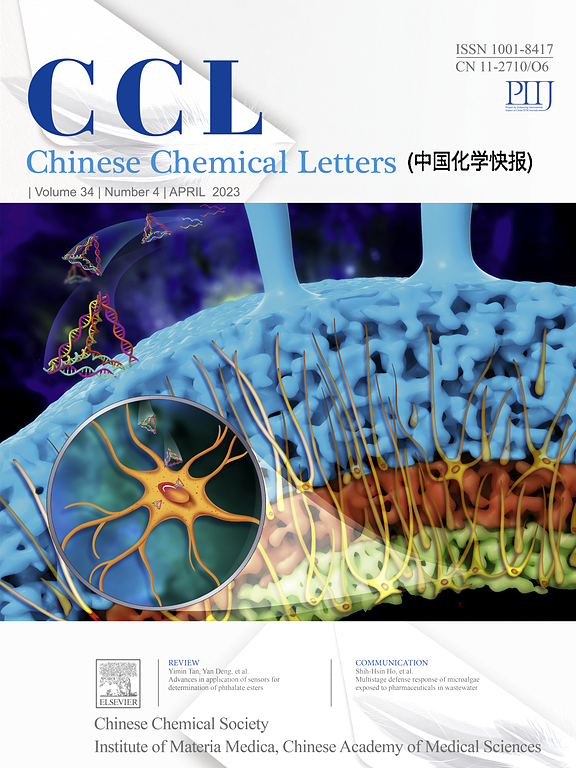Design and fabrication of triangle-pattern superwettability hybrid surface with high-efficiency condensation heat transfer performance
IF 9.4
1区 化学
Q1 CHEMISTRY, MULTIDISCIPLINARY
引用次数: 0
Abstract
Utilizing superwettability micro/nanostructures to enhance the condensation heat transfer (CHT) performance of engineering materials has attracted great interest due to its values in basic research and technological innovations. Currently, exploring facile micro/nanofabrication approaches to create high-efficiency CHT surfaces has been one of research hotspots. In this work, we propose and demonstrate a type of new superwettability hybrid surface for high-efficiency CHT, which consists of superhydrophobic nanoneedle arrays and triangularly-patterned superhydrophilic microdots (SMDs). Such hybrid surface can be fabricated by the facile growth of densely-packed ZnO nanoneedles on the Zn-electroplated copper surface followed by fluorosilane modification and mask-assisted photodegradation. Through regulating the diameters and interspaces of SMDs, we obtain the optimized triangularly-patterned hybrid surface, which shows 42.7 % higher CHT coefficient than the squarely-patterned hybrid surface and 58.5 % higher CHT coefficient than the superhydrophobic surface. The key of such hybrid surface design is to considerably increase CHT coefficient brought about by SMD-triggered drop sweeping at the cost of slightly reducing heat transfer area of superhydrophobic functional zone for drop jumping. Such new strategy helps develop advanced CHT surfaces for high-efficiency electronic cooling and energy utilization.

求助全文
约1分钟内获得全文
求助全文
来源期刊

Chinese Chemical Letters
化学-化学综合
CiteScore
14.10
自引率
15.40%
发文量
8969
审稿时长
1.6 months
期刊介绍:
Chinese Chemical Letters (CCL) (ISSN 1001-8417) was founded in July 1990. The journal publishes preliminary accounts in the whole field of chemistry, including inorganic chemistry, organic chemistry, analytical chemistry, physical chemistry, polymer chemistry, applied chemistry, etc.Chinese Chemical Letters does not accept articles previously published or scheduled to be published. To verify originality, your article may be checked by the originality detection service CrossCheck.
 求助内容:
求助内容: 应助结果提醒方式:
应助结果提醒方式:


